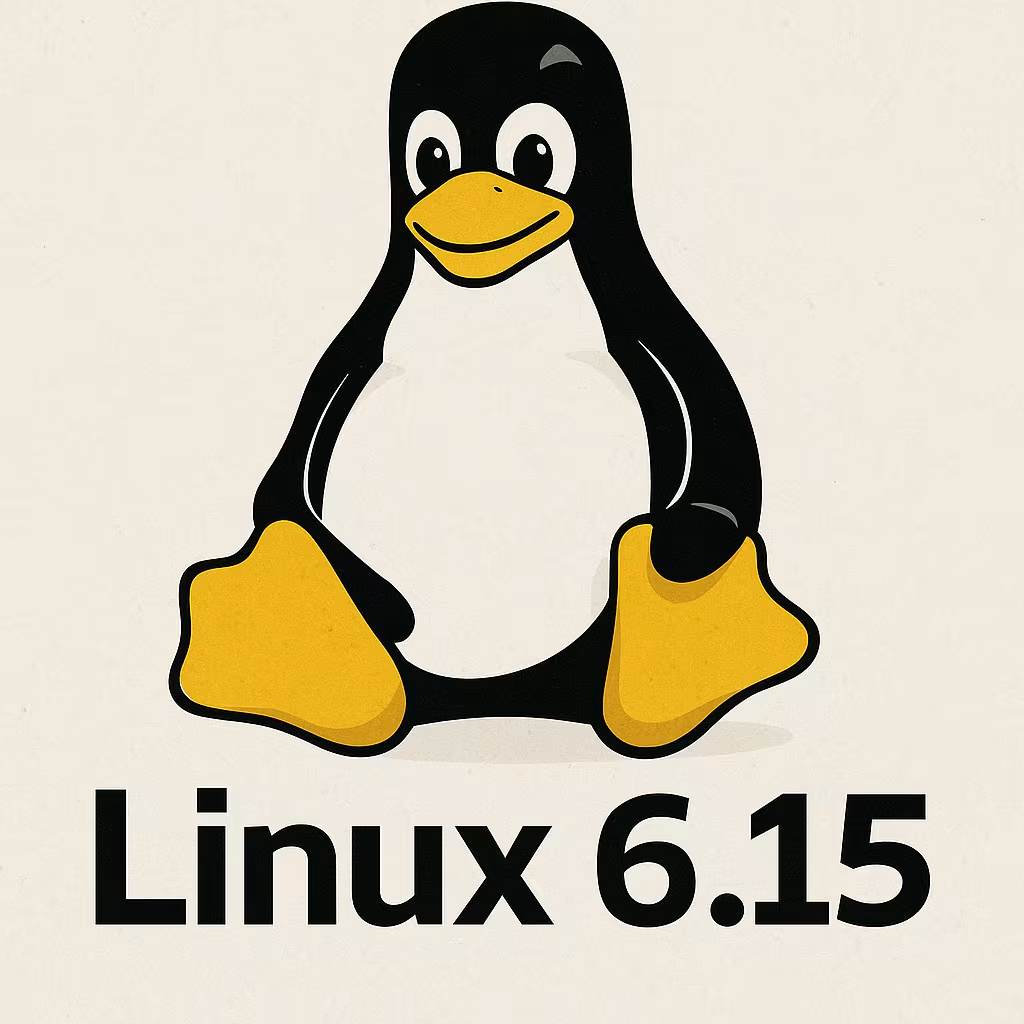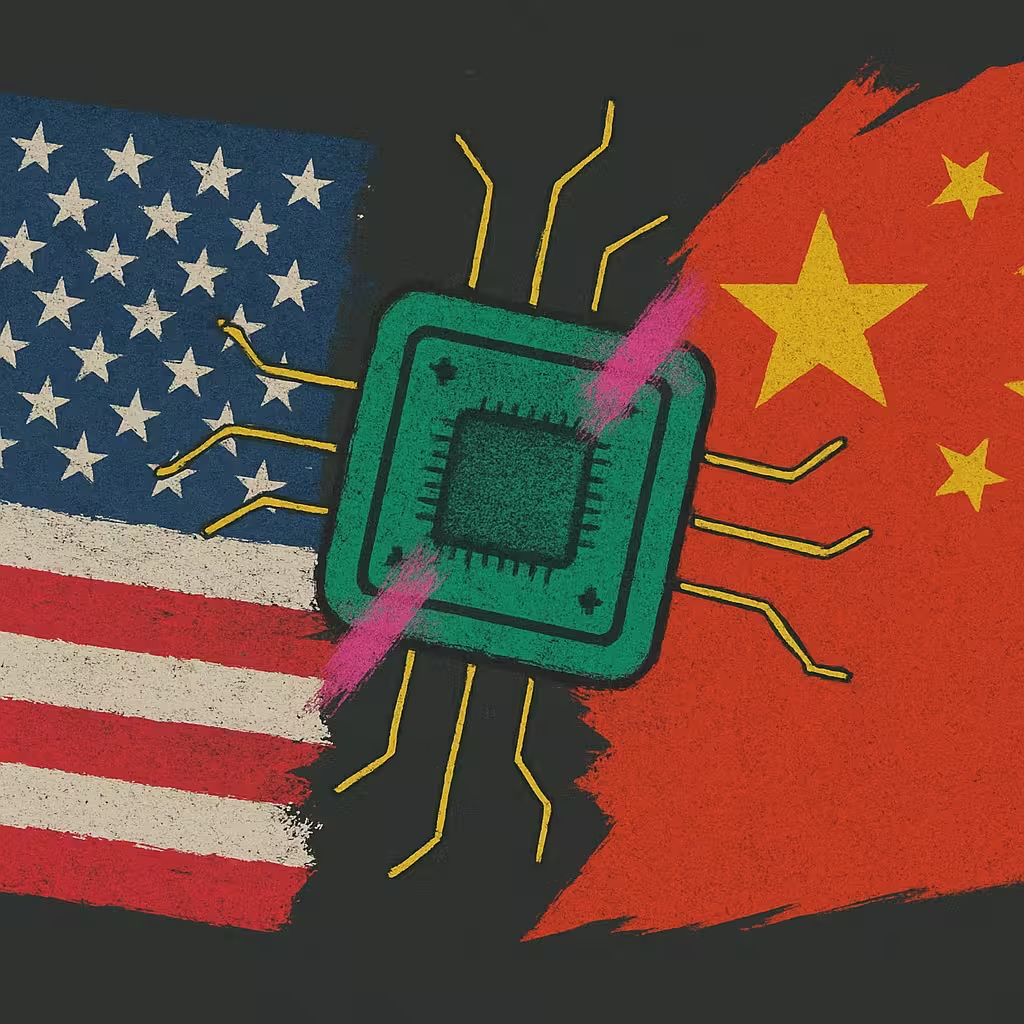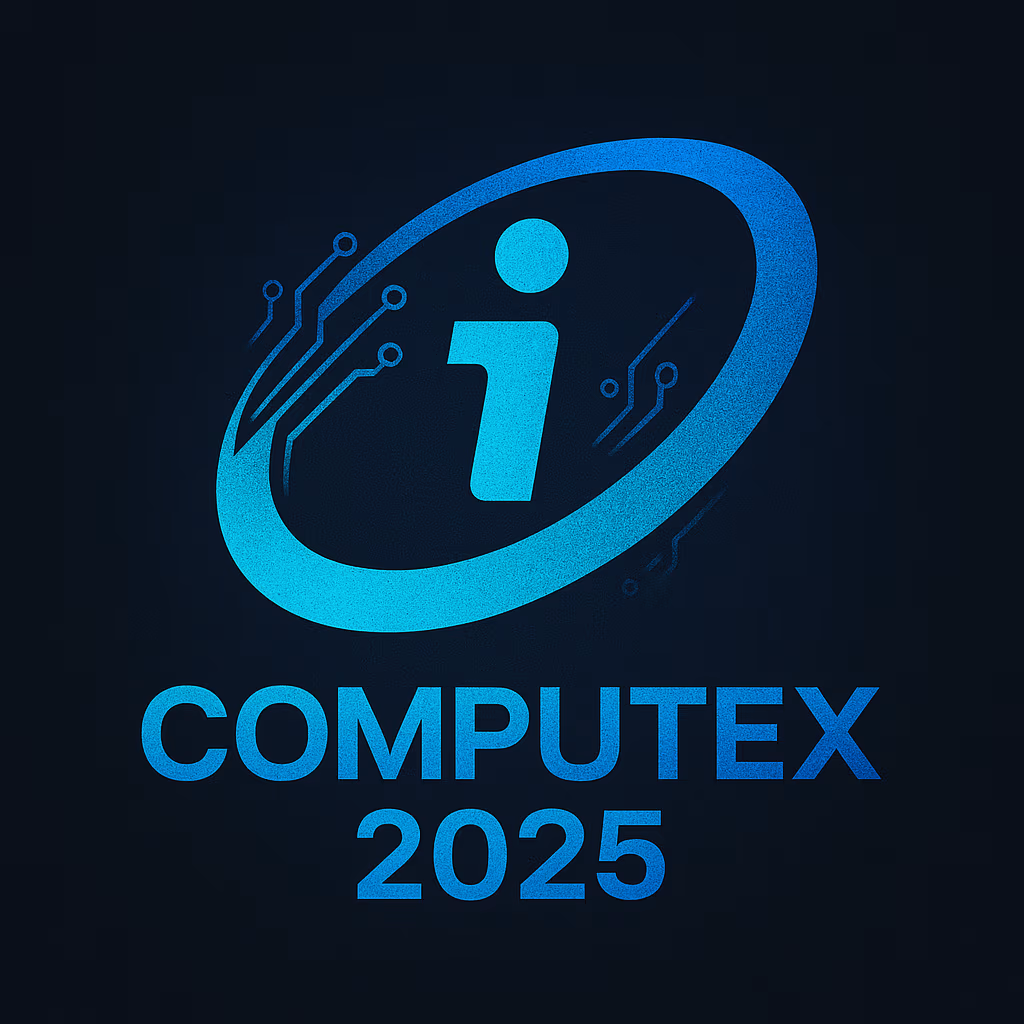
Linux 6.15 Released and It’s Amazing!
On May 25, 2025, Linus Torvalds officially announced the release of Linux kernel 6.15, marking a significant milestone for the open-source community. This version delivers groundbreaking features, substantial performance improvements, and a broad expansion of hardware support, continuing the kernel’s tradition of rapid innovation.
Highlights of Linux 6.15
Rust Integration & Next-Generation Graphics
-
First Rust-Driven DRM Driver: Linux 6.15 introduces the first Direct Rendering Manager (DRM) driver written in Rust, a major step toward safer, memory-resilient kernel development. This driver, NOVA, is NVIDIA’s next-generation open-source graphics driver targeting RTX 2000 “Turing” series and newer GPUs. NOVA aims to succeed the older Nouveau driver, promising improved stability and modern features.
-
Graphics Improvements for All: Beyond NVIDIA, the release brings notable updates to Intel and AMD graphics drivers. Intel’s Xe driver now supports enhanced shared memory management and GPU temperature reporting, while AMD’s driver adds support for new chips and better fan speed reporting. Apple Silicon Macs also benefit, with foundational userspace API support merged for the Asahi Linux project, paving the way for full OpenGL, OpenCL, and Vulkan support on Apple hardware.
Dramatic File System and Storage Enhancements
-
exFAT Performance Leap: File deletion on exFAT file systems is now dramatically faster. With optimized cluster discarding algorithms, deleting an 80GB file using the discard mount option drops from over 4 minutes to just 1.6 seconds. This is achieved by batching contiguous cluster discards, rather than processing them individually.
-
Btrfs and FUSE Upgrades: Btrfs gains support for fast and real-time zstd compression levels (-15 to -1), improving speed while maintaining reasonable compression ratios. It also introduces smarter fallback mechanisms for direct I/O, reducing checksum errors in virtualized environments. FUSE now enforces timeouts on unresponsive user-space servers and supports longer file names, improving reliability and flexibility.
-
Block Layer Encryption: The block layer now supports hardware-wrapped encryption keys, allowing transparent disk encryption without keeping keys in memory, enhancing security.
Advanced Networking and System APIs
-
Zero-Copy Networking via io_uring: Linux 6.15 debuts zero-copy receive (zcrx) using io_uring, letting network packet data flow directly into userspace memory. This eliminates the overhead of kernel-to-user memory copying, boosting performance for network-intensive applications. This feature requires specific NIC hardware capabilities.
-
New TCP Options: The networking stack introduces the TCP_RTO_MAX_MS socket option, offering finer control over connection timeout retries for IPv4, which is especially useful on unreliable networks.
-
Filesystem Event Monitoring: A new fanotify-based API allows real-time monitoring of filesystem mount and unmount events, enabling applications to respond dynamically to changes in the system’s storage configuration.
Hardware Support Expansion
-
Apple and Samsung Devices: Dedicated drivers now support Apple Touch Bar hardware on both Intel and Apple Silicon MacBook Pros. Samsung GalaxyBook users benefit from a new driver that manages ACPI platform profiles, battery thresholds, and function keys.
-
Architecture Updates: Linux 6.15 adds support for new ARM, RISC-V, and MIPS platforms, while also removing legacy support for large 32-bit x86 systems with more than 8 CPUs or 4GB RAM, reflecting the shift to modern 64-bit architectures.
-
Peripheral and SoC Improvements: Updates span USB, SPI, audio, and input subsystems, ensuring broader compatibility and better performance across a range of devices.
Core Kernel and Security Enhancements
-
fwctl Subsystem: The controversial fwctl subsystem debuts, offering a standardized framework for passing commands to complex firmware systems, with initial support for CXL devices, mlx5 adapters, and AMD/Pensando cards. While some developers question its approach, it aims to simplify and secure firmware management.
-
Memory and Locking Improvements: The kernel refactors key locking mechanisms, introduces new memory accounting for device memory in cgroups, and adds features to reduce memory fragmentation—benefiting both desktop and server workloads.
-
Security Hooks and Guard Pages: New security hooks for io_uring and enhanced guard-page support bolster the kernel’s resilience against certain classes of vulnerabilities.
Release Notes and Community Reaction
Linus Torvalds described this release as “pretty normal” with “lots of smaller fixes and driver updates,” despite a brief delay due to a last-minute bug that required disabling a new feature. The kernel community continues to balance innovation with stability, as seen in the inclusion of both groundbreaking features and controversial subsystems.
Conclusion
Linux 6.15 is a robust release that pushes the boundaries of what the kernel can do, from pioneering Rust integration and next-generation graphics support to massive file system speedups and expanded device compatibility. Whether you’re a developer, sysadmin, or enthusiast, this update brings tangible improvements that will benefit a wide range of Linux users.






